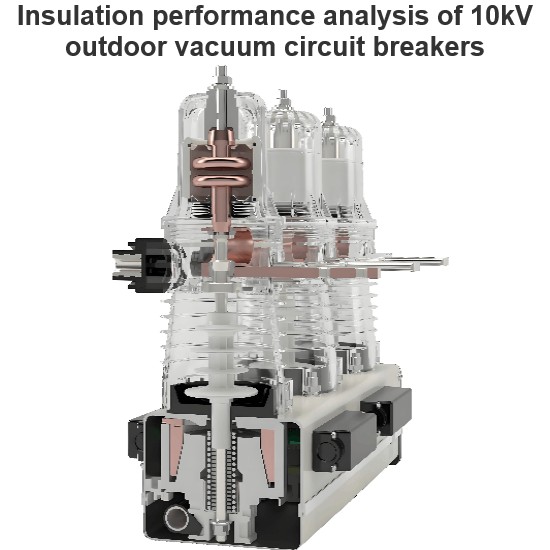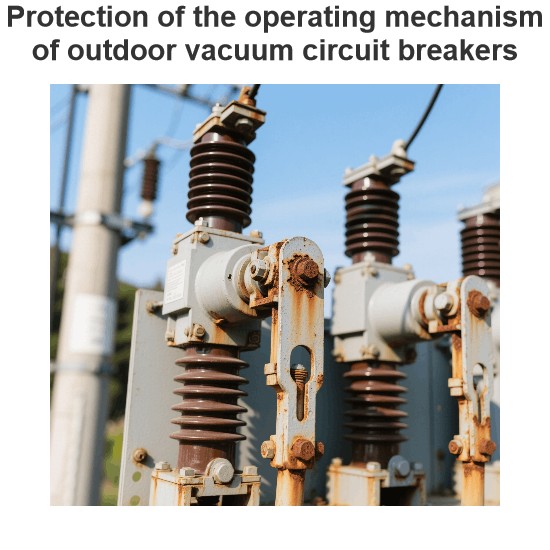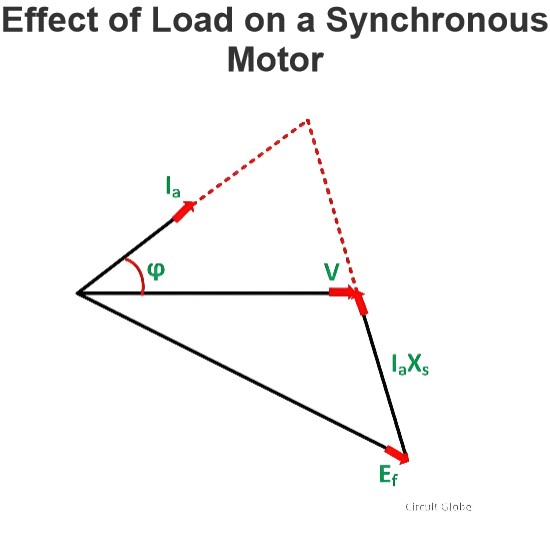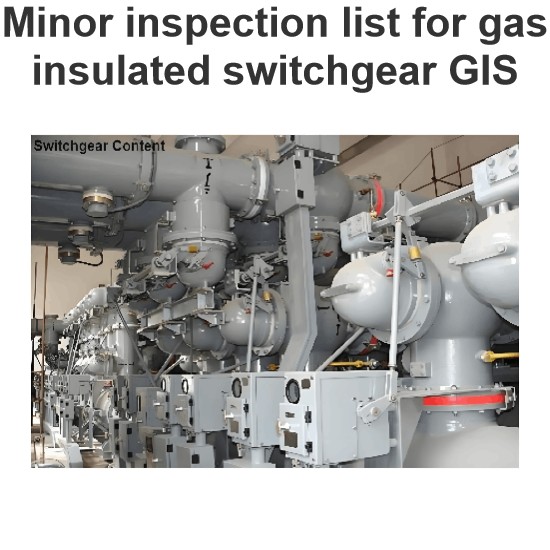| Brand | Wone |
| Model NO. | High-voltage starting reactor |
| Starting current | 112A |
| Starting capacity | 410KVar |
| Series | QKSG |
Description:
When the AC asynchronous motor is started at the rated voltage, the initial starting current is very large, often exceeding many times of the rated current (generally 5~7 times). In order to reduce the starting current and not affect the power grid, the AC asynchronous motor is usually started by reducing the voltage, and the commonly used step-down method is to use a reactor or autotransformer, and the starting process of the AC motor is very short (generally a few seconds to two minutes), and the reactor or autotransformer used for step-down start-up is cut off after starting.
Feature:
The core is made of silicon steel sheet, the core column is divided into uniform small sections through multiple air gaps, the air gap is isolated by epoxy plates, and high-temperature binders are used to ensure that the air gap does not change under the long-term operation of the reactor.
The end face of the iron core is made of silicon steel sheet end glue, so that the silicon steel sheet is firmly combined, which greatly reduces the noise during operation and has good corrosion resistance.
The coil wrapping structure, the main insulation of the coil is impregnated with glass fiber epoxy resin, and the coil is impregnated with high-temperature insulating paint under vacuum after hot baking and curing, the coil not only has good insulation performance, but also has high mechanical strength, and can withstand the large current impact and cold and hot shock when the motor is started without cracking.
Parameters:
Rated voltage: 6kV, 10kV
Rated frequency: 50Hz, 60Hz
Insulation grade: F
class Starting time: 120S, after 120S, it should be cooled for 6 hours before starting again
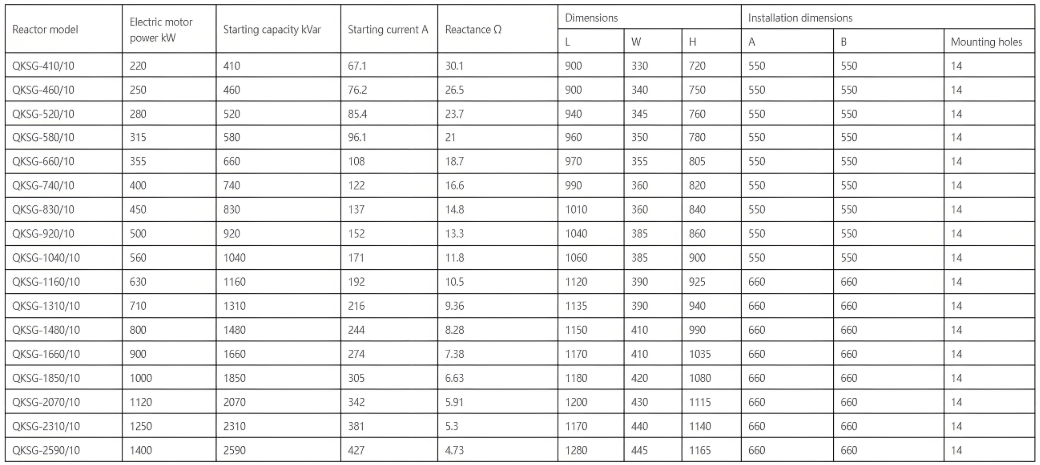
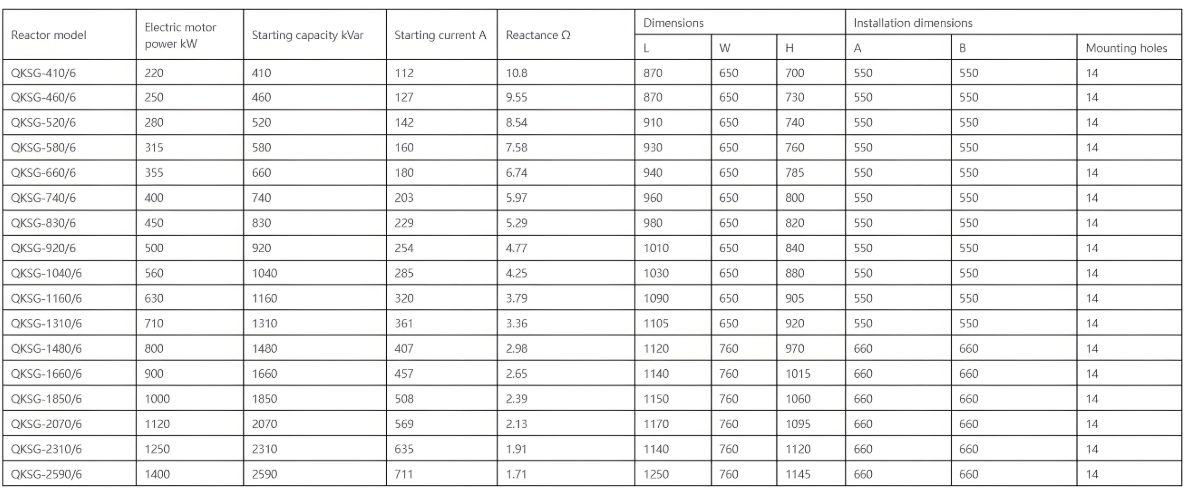
Standard:

Conditions for the use:
The altitude does not exceed 2000m.
Ambient temperature -25~+45°C, relative humidity ≤90%.
There are no harmful gases around, no flammable and explosive materials.
The waveform of the supply voltage is similar to that of a sine wave.
The surrounding environment should be well ventilated, if installed in the cabinet, ventilation equipment should be installed.
Indoors.
What are the differences in the working methods of different types of reactors?
Shunt Reactors:
Shunt reactors are primarily used to compensate for capacitive currents, improve power factor, and stabilize grid voltage. They are connected in parallel with the grid and absorb reactive power to regulate the reactive power balance in the grid.
Series Reactors:
Series reactors are connected in series within the circuit and are used to limit short-circuit currents, improve the transient stability of the power system, and other purposes. For example, in high-voltage transmission systems, series reactors can limit the short-circuit current during faults, protecting electrical equipment. In power electronic circuits, series reactors can smooth the input current and reduce harmonic distortion.
